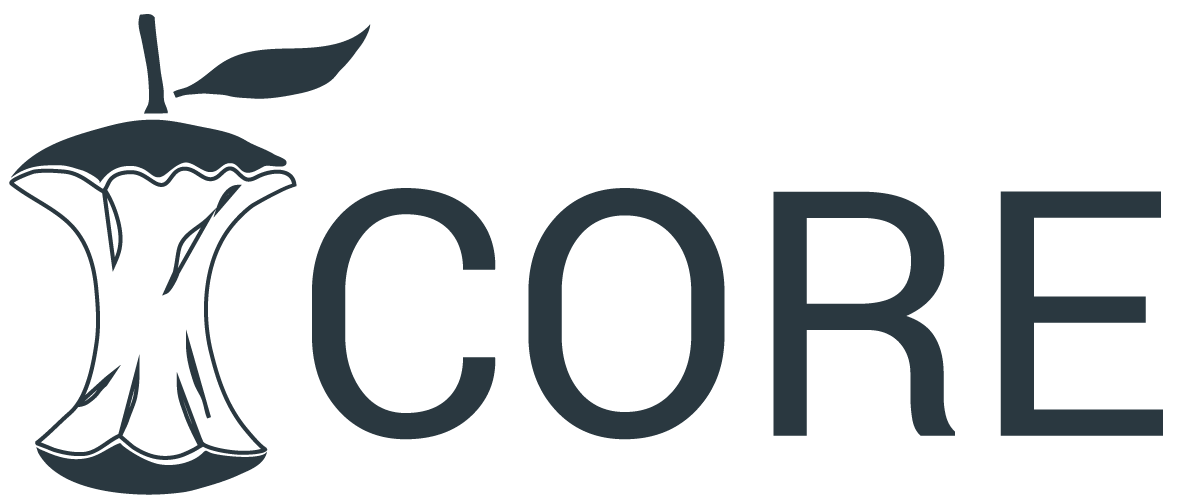Role of Technology in Education
Keywords:
Digital Technology, Education, Improved Education System, Modern EraAbstract
With the advancement in technology there is a rapid change in the manner in which individuals live, associate, impart, and lead business. This change is regularly alluded to as the "digital revolution," which is the headway of innovation from simple, electronic and mechanical apparatuses to the technically advanced instruments accessible today. The utilization of digitalization in the learning procedure and training rehearses in formal instructing is exceptionally subjected to the capacity of educators to deliver it without imperiling the lavishness of the study hall condition, to be specific the consideration that understudies need to follow the progression of argumentation and to ensure the nature of the inquisitive. In this paper, a research is made on the impact of technology in the modern era and how it impact the life of the scholars, graduates and alike as yet more advancements have to be done in the implementation of digital technology in the study hall and on the performance of the educator particularly on how performing various tasks influences the educator job in-class in delivering and explaining the content in a more precise manner that is easy for the students to grab things more easily.
Downloads
References
A. S. Al Musawi, “Redefining Technology Role in Education,” Creat. Educ., 2011, doi: 10.4236/ce.2011.22018.
D. Kayimbaşioǧlu, B. Oktekin, and H. Haci, “Integration of Gamification Technology in Education,” in Procedia Computer Science, 2016, doi: 10.1016/j.procs.2016.09.460.
M. Valcke, S. Bonte, B. De Wever, and I. Rots, “Internet parenting styles and the impact on Internet use of primary school children,” Comput. Educ., 2010, doi: 10.1016/j.compedu.2010.02.009.
A. Kukulska-Hulme, “How should the higher education workforce adapt to advancements in technology for teaching and learning?,” Internet High. Educ., 2012, doi: 10.1016/j.iheduc.2011.12.002.
L. Atzori, A. Iera, and G. Morabito, “The Internet of Things: A survey,” Comput. Networks, 2010, doi: 10.1016/j.comnet.2010.05.010.
S. Li, L. Da Xu, and S. Zhao, “The internet of things: a survey,” Inf. Syst. Front., 2015, doi: 10.1007/s10796-014-9492-7.
Y. Xu, H. Park, and Y. Baek, “A new approach toward digital storytelling: An activity focused on writing self-efficacy in a virtual learning environment,” Educ. Technol. Soc., 2011.
A. Brown and T. Green, “Issues and Trends in Instructional Technology: Access to Mobile Technologies, Digital Content, and Online Learning Opportunities Continues as Spending on IT Remains Steady,” 2019.
A. W. Chickering and Z. F. Gamson, “Seven principles for good practice in undergraduate education,” Biochem. Educ., 1989, doi: 10.1016/0307-4412(89)90094-0.
N. Dogruer, R. Eyyam, and I. Menevis, “The use of the internet for educational purposes,” in Procedia - Social and Behavioral Sciences, 2011, doi: 10.1016/j.sbspro.2011.11.115.
Downloads
Published
How to Cite
Issue
Section
License
You are free to:
- Share — copy and redistribute the material in any medium or format for any purpose, even commercially.
- Adapt — remix, transform, and build upon the material for any purpose, even commercially.
- The licensor cannot revoke these freedoms as long as you follow the license terms.
Under the following terms:
- Attribution — You must give appropriate credit , provide a link to the license, and indicate if changes were made . You may do so in any reasonable manner, but not in any way that suggests the licensor endorses you or your use.
- No additional restrictions — You may not apply legal terms or technological measures that legally restrict others from doing anything the license permits.
Notices:
You do not have to comply with the license for elements of the material in the public domain or where your use is permitted by an applicable exception or limitation .
No warranties are given. The license may not give you all of the permissions necessary for your intended use. For example, other rights such as publicity, privacy, or moral rights may limit how you use the material.









